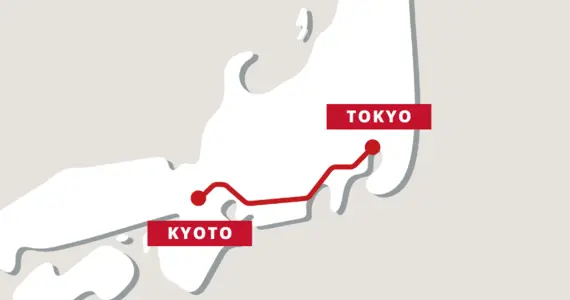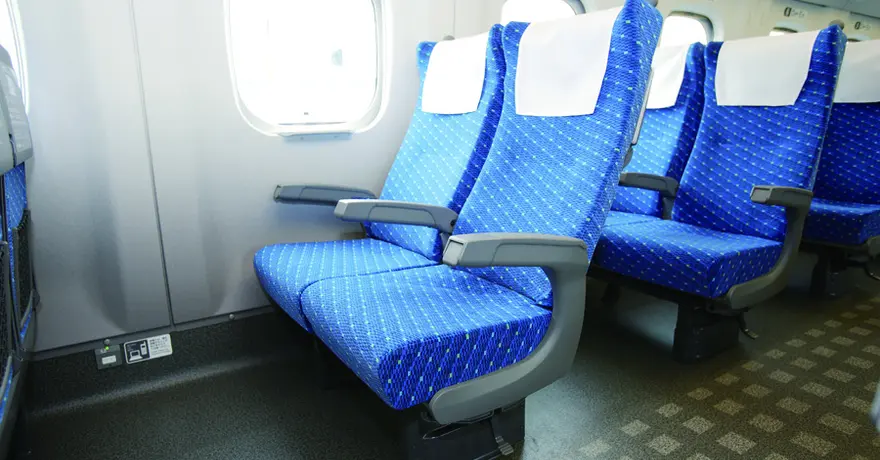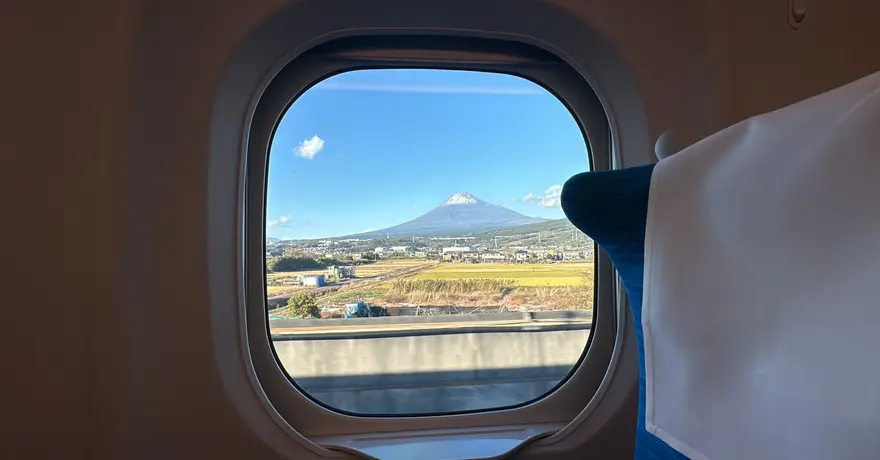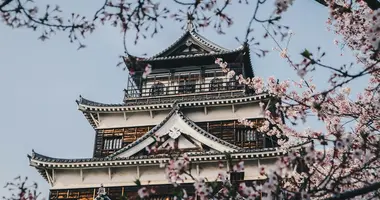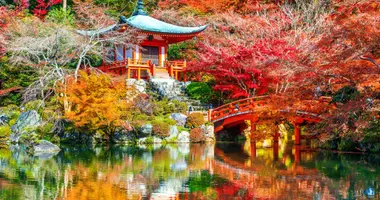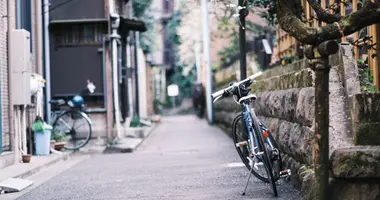Train Tickets from Kyoto to Tokyo
Official train tickets seller
Choose your preferred seat
7/7 Assistance
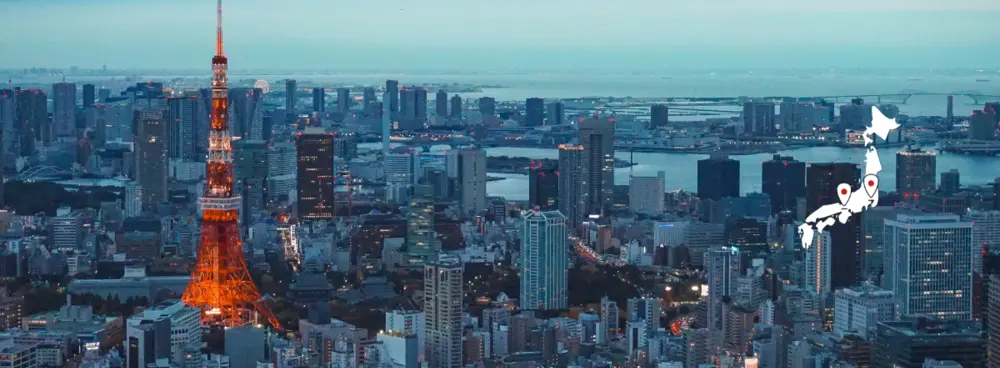
Travel conditions
Ticket type
Passenger information
Seating options
Buy your train tickets in Japan in 3 easy steps

Choose and buy your train tickets for your preferred travel date
Receive your e-ticket one month before departure
Scan your e-ticket in train stations in Japan
Trains in Japan: what does it look like?
What our customers say about us
Travel advice from our Japan train expert
Traveling by Train in Japan
Japan boasts a highly developed rail system, serving as an exceptionally practical mode of transportation for both locals and visitors. Consequently, both residents and tourists find themselves utilizing trains almost daily, whether it be their local lines or the renowned Shinkansen bullet trains. For those embarking on their inaugural journey to Japan, the significance of train travel during their adventure undoubtedly occupies their thoughts.
Although train travel is a prevalent aspect of life in Japan, there are several elements that may necessitate some prior understanding or preparation before first-time travelers board. This holds true even for those hailing from countries with a well-established train travel culture.
What Makes Trains So Popular in Japan?
Japan's rail transportation network is regarded as one of the finest globally. Riding the train in Japan can be encapsulated in three words: efficient, swift, and immaculate. Until one has experienced it firsthand, it is challenging to grasp just how effortless and remarkably convenient train travel in Japan truly is. Despite the fact that millions of passengers traverse Japan's rail system daily, trains remain impeccably clean, punctual, and operational. For many, this may seem like a dream compared to the train networks in their own countries.
Numerous factors contribute to the remarkable railway system in Japan, yet it fundamentally stems from the nation's dependence on imported fossil fuels, which led to substantial investments in its train transportation network. Since the late 19th century, Japanese train companies have been constructing lines to facilitate the efficient movement of people and goods from one location to another. This historic network has allowed cities to develop around train stations. Unlike much of Western urban development, which has prioritized car-centric infrastructure, Japan has predominantly shaped its urban expansion around these vital transit hubs. In most Japanese cities, train stations serve as the economic and demographic heart of the community.
Through strategic investment in its rail system, Japan has successfully established one of the most dependable, swift, and secure railway networks globally!
Shinkansen information
The Tokaido Shinkansen Line, which connects Kyoto and Tokyo, is well-known for its efficiency and speed. It stops at major cities such as Osaka and Nagoya, covering a distance of approximately 500 kilometers (310 miles). The journey typically takes around 2 hours and 20 minutes, allowing passengers to witness the changing landscapes from the Kansai region to the Kanto region. Trains depart from Kyoto Station, in the old Japanese capital, and arrive at Tokyo Station.
Different types of Shinkansen available
When traveling from Kyoto to Tokyo, you have the option to choose between three types of Shinkansen high-speed bullet trains: Hikari, Kodama, and Nozomi. Hikari trains make fewer stops and complete the trip in about 2 hours and 40 minutes. Kodama trains stop at more stations, resulting in a journey time of a little over 3 hours and 30 minutes. The Nozomi is the fastest option, as it is an express service, but it comes at a higher cost. It's important to note that this Nozomi Shinkansen train only operates with reserved seats.
Regardless of the train type, passengers can enjoy reclinable seats, overhead storage, power outlets, and more onboard. Traveling by Shinkansen from Kyoto to Tokyo ensures both efficiency and comfort. It is recommended to research all seat and car options to book a train ticket that suits your travel needs.
How to get to Kyoto Station
Kyoto Station, situated in the heart of the historic Japanese capital, is conveniently connected to various local public transportation lines in and around Kyoto operated by JR or Kintetsu, the regional rail operator in the Kansai region. Additionally, the Karasuma subway line serves Kyoto Station. The extensive bus network in Kyoto is centered around Kyoto Station, providing easy access to the station from any part of the city.
Where to go from Tokyo Station
Tokyo Station is located in the central area of Tokyo and serves as a major transportation hub for various local public transportation lines. It is the main departure point for Shinkansen trains in Tokyo. Tokyo Station is served by multiple JR lines, including the Yamanote, Chuo, Keiyo, and Sobu lines. The Marunouchi subway line, as well as several bus lines and airport transfer options, also have stops at Tokyo Station. From Tokyo Station, you can conveniently travel to any destination within the Tokyo Metropolitan Area or even continue your journey by boarding another Shinkansen train.
